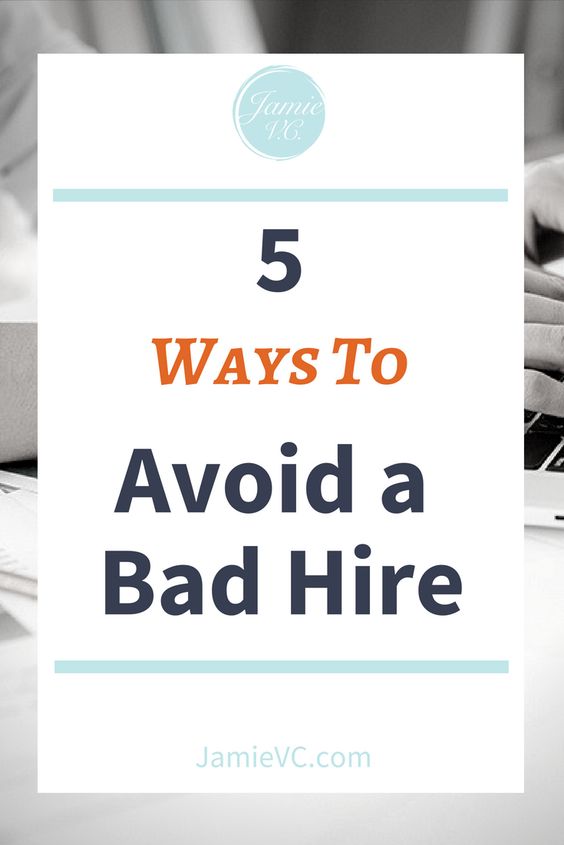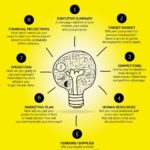Bad hire -Warning Signs on the Impact of a Bad Hire for Your Business You Should Know. A bad hire will cost the company time and money regardless of the negative impact a Bad hire will leave in the concern.
Hiring people is like making friends. Pick good ones, and they’ll enrich your life. Make bad choices, and they’ll bring you down.
Jason Fried

Employers are battling a real war nowadays, the “War for potential Talent”. They are all out to grab the top resources they can as hiring the right people is critical for the success of a company. A good hire can change the course of business. A dedicated, loyal, and hardworking employee contributes to the overall success and growth of the company.
Sometimes even though despite you invest more hours in the hiring process, you may end up with candidates who are not up to the mark, especially when there is pressure to fill a position quickly.
Despite the best intentions, most of the companies find itself regretting a hiring decision at some point when he or she who had the right credentials and had lovely references simply not performing as well as you expected. If you are a small business or start-up, then the impact this can be even more devastating, potentially putting the future of the company at stake.
How will you handle this situation? Read the article further to get to know the real impact of hiring the wrong employee, and how you can avoid the same.
Bill Gates Said You Must Offer This Perk to Hire the Best Workers
Hire right, because the penalties of hiring wrong are huge.
Ray Dalio

The real impact of hiring the Bad Hire
- Unhappy clients
Your clients will be satisfied if your team performs and delivers the best quality service to them. Hiring a lousy employee can result in poor delivery and consequently degrade customer satisfaction. It can break the customer trust, damage relationships, and you may lose your potential clients.
- Low team productivity
A bad hire can bring a negative impact on the entire team’s productivity, resulting in disgruntled customers and increased cost to the company. When one employee is underperforming or carries around a consistently bad attitude, it has a devastating effect on the rest of the team. They have to stumble across the slack, cover up mistakes, and put up with all kinds of obnoxious work habits from their slacker co-worker.
- Overburdened training cost
Whenever a new hire joins, he/she undergoes training for one or a few days. It involves lots of expenses, and it just gets overburdened if the new employee couldn’t intake and implements the learning imparted. Moreover, it results in higher attrition’s, a rework pressure of recruiting a successor and addition to the training cost too.
I’d rather interview 50 people and not hire anyone than hire the wrong person.
Jeff Bezos
What can companies do to prevent an under-qualified employee?
The high-risk situation of ending up with a lousy hire puts the HR team into a lot of pressure to hire the right one the first time. The manually conducted traditional screening-selection-interview process by hiring managers may no longer work. One of the greatest hindrances to hiring the right candidate is the inherent subjectivity in the hunting process, ranging from psychological biases of the hiring manager to non-quantification of competencies. Some ways to overcome these hindrances are:
- Add objectivity to soft-skills evaluation
Most of the hiring managers use different methods to evaluate soft skills today. You add an element of objectivity by applying scientific talent assessment tools. For example, the top scorers in the Aon CoCubes’ assessment process are 3.5x more likely to be high performers. Such tools help you break down ambiguous aspects like “cultural fit” into “desired, observed behaviours”. It allows employers to know what they are exactly looking for and get that.
- Check for pre-requisite and trainable skills
Make sure you outline pre-requisite and trainable skills for each role when defining role-level competencies. “Pre-requisite” competencies are competencies that a candidate must have beforehand, and trainable competencies are skills the candidate can learn through onboarding, training etc. once he gets hired. Making this distinction will help you meet a minimum threshold of candidate quality, reducing the chances of a bad hire.
- Define job descriptions correctly
Most of the time, a bad hire is the outcome of a bad attitude, including a lack of team spirit, or non-commitment to business goals. Therefore, HR must define the job description of the role to set the right behavioural expectations at the outset. You can include elements such as “work on weekends”, and “liaison with different teams” and so on.
It doesn’t matter whether you are hiring an entry-level minimum wage employee or senior executive. Hiring the wrong person can profoundly impact on the reputation and financial costs of your company. The cost of hiring a bad is high and can bring down a team, manager, or entire firm. So better, you take time to cast a wide net and doing your due diligence in selecting employees. It is well worth the effort and will minimize the chances of a bad hire.
A good placements consultancy can assist in getting good hires with no waste of money and time.
In technology, it’s about people. Getting the best people, retaining them, nurturing a creative environment, and helping to find a way to innovate.
Marissa Mayer
―





